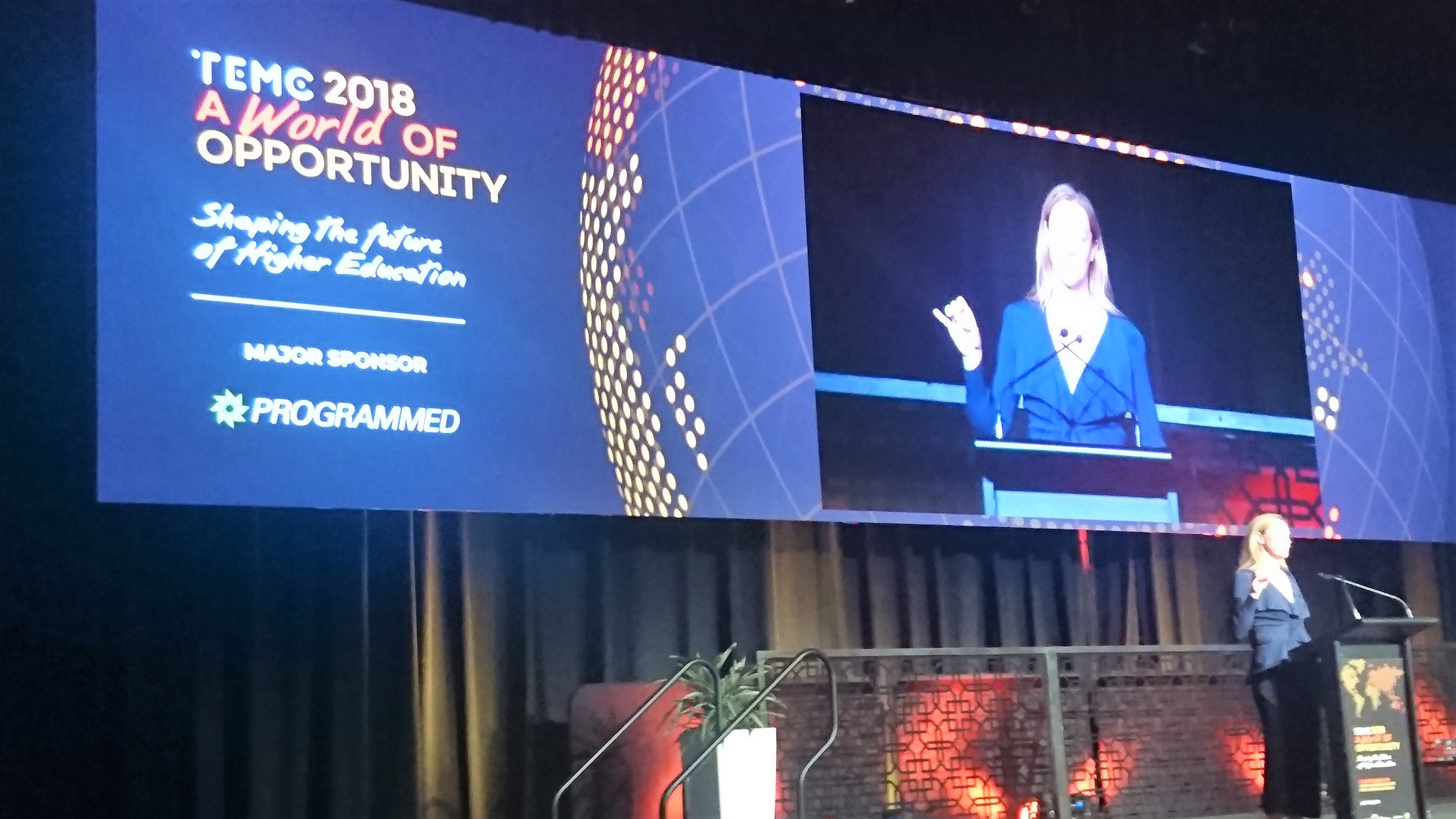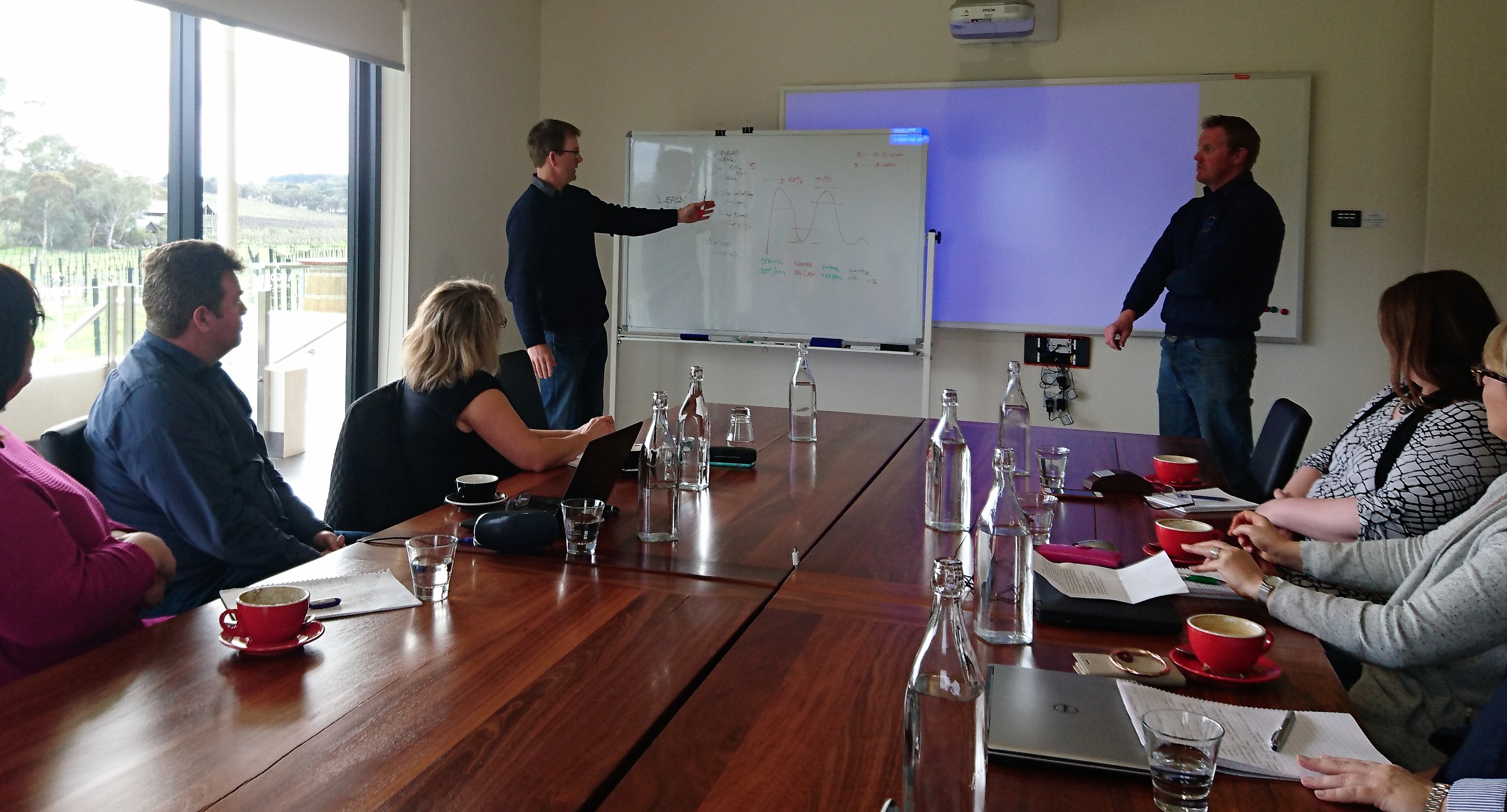Captain Willard, Apocalypse Now
‘Everyone gets everything he wants. I wanted a mission, and for my sins, they gave me one’
My mission for 2018 has been to take on the leadership of a bunch of new teams in the wake of a major restructure, and to get them up and running in a completely new service model, delivering the potential efficiencies that the new structure affords – and it’s been a doozy. This post in no way flags the end of the mission, if anything it is a minor pause in the conversation to reflect on where we’re at now, and consider one possible way of moving ahead – scrum.




